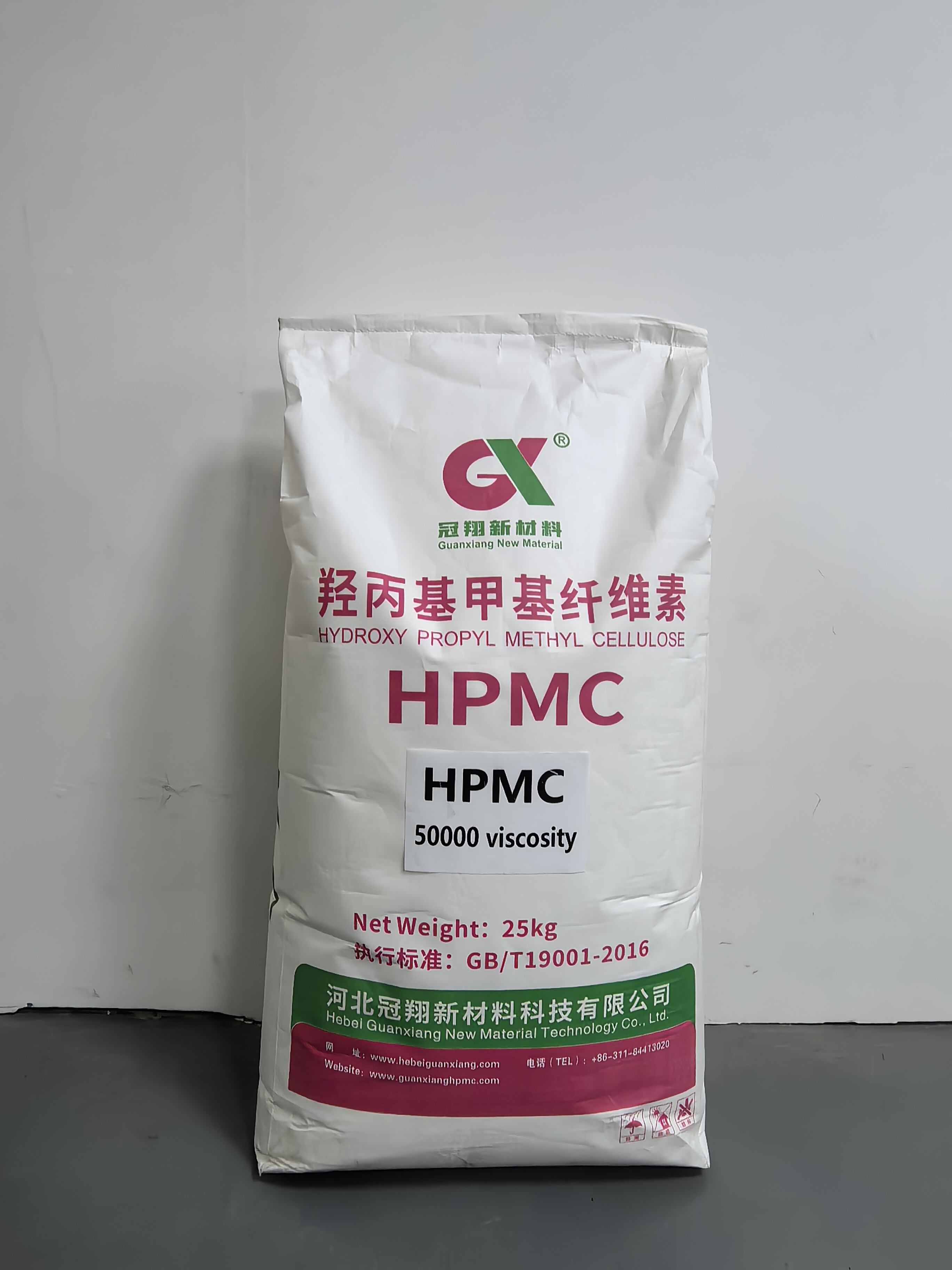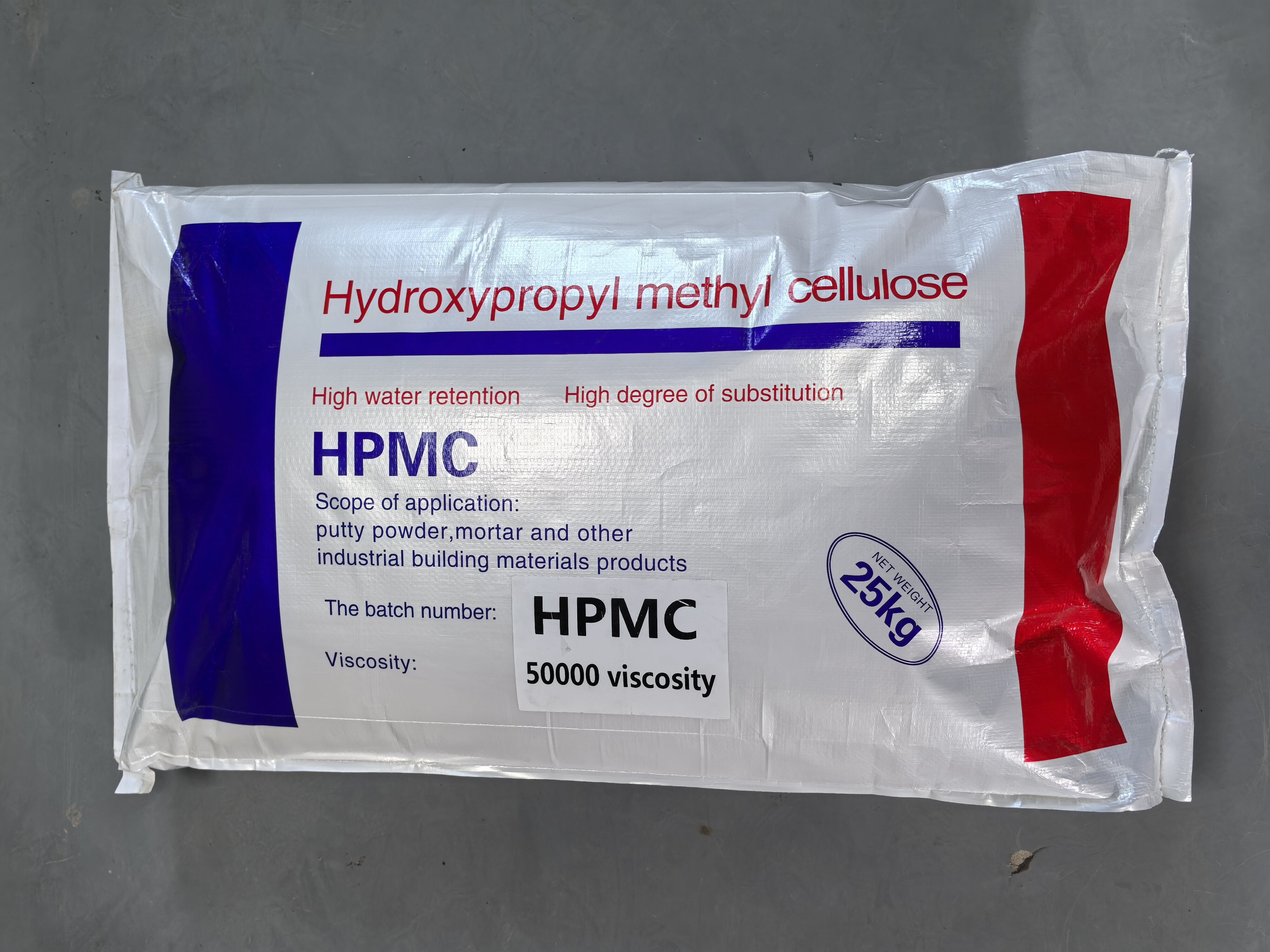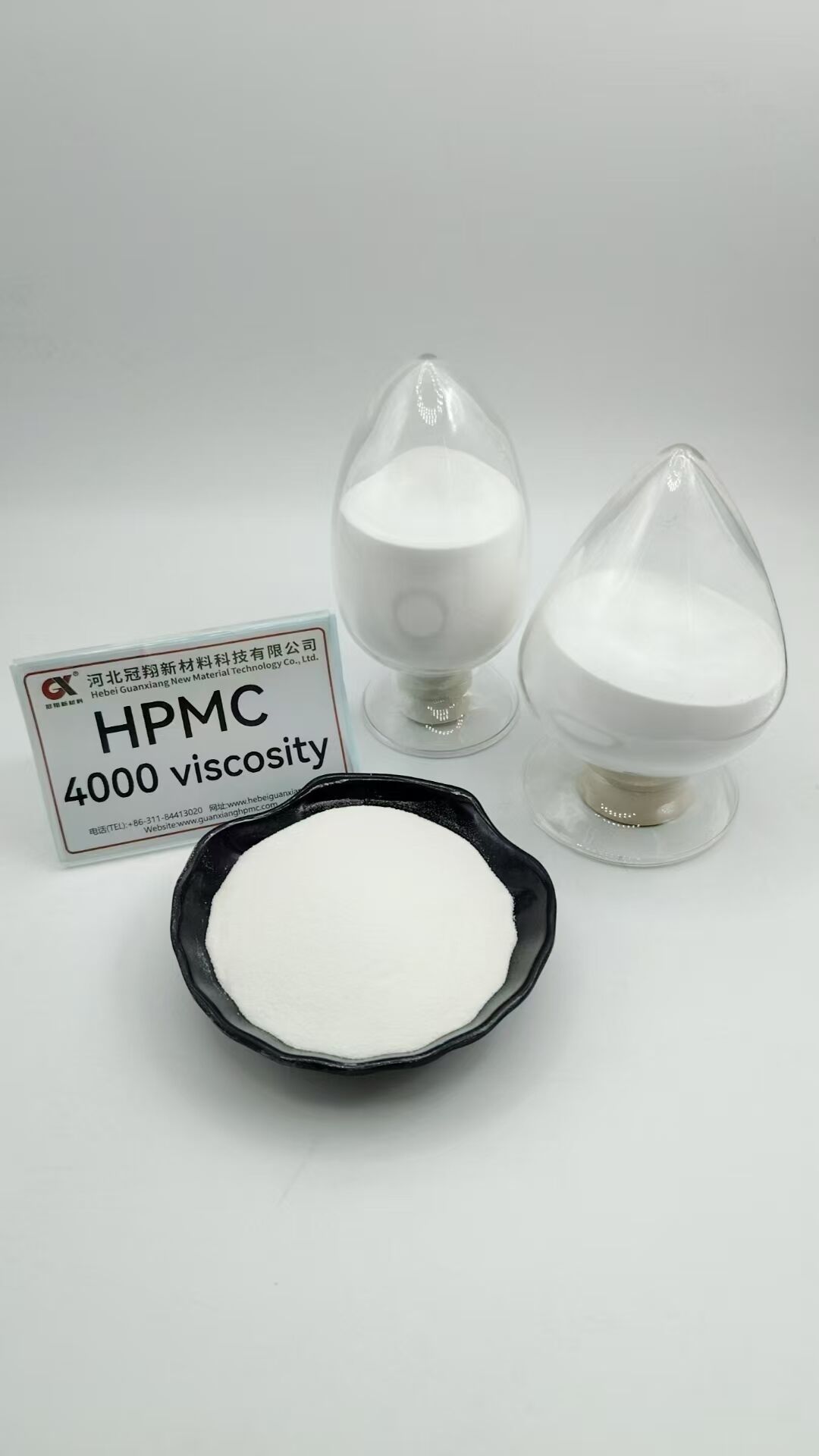use of hpmc in pharmaceuticals
Hydroxypropyl methylcellulose (HPMC) stands as a cornerstone ingredient in pharmaceutical formulations, serving multiple critical functions in drug delivery systems. This versatile polymer, derived from cellulose, plays a vital role in controlled release formulations, tablet coating, and as a binding agent. In oral drug delivery systems, HPMC forms a gel layer when in contact with aqueous media, enabling controlled drug release over extended periods. Its unique molecular structure allows for precise manipulation of drug release rates, making it invaluable in sustained-release formulations. In tablet manufacturing, HPMC functions as an effective binding agent, providing necessary cohesion to powder mixtures during compression. As a coating material, it offers excellent film-forming properties, protecting tablets from environmental factors while potentially masking unpleasant tastes. The polymer's thermal stability and compatibility with various active pharmaceutical ingredients make it particularly suitable for hot-melt extrusion processes. HPMC's versatility extends to its use in ophthalmic formulations, where it increases solution viscosity and improves drug retention on the eye surface. The material's non-toxic nature, broad regulatory acceptance, and consistent performance across various manufacturing processes have established it as an essential excipient in modern pharmaceutical development.


